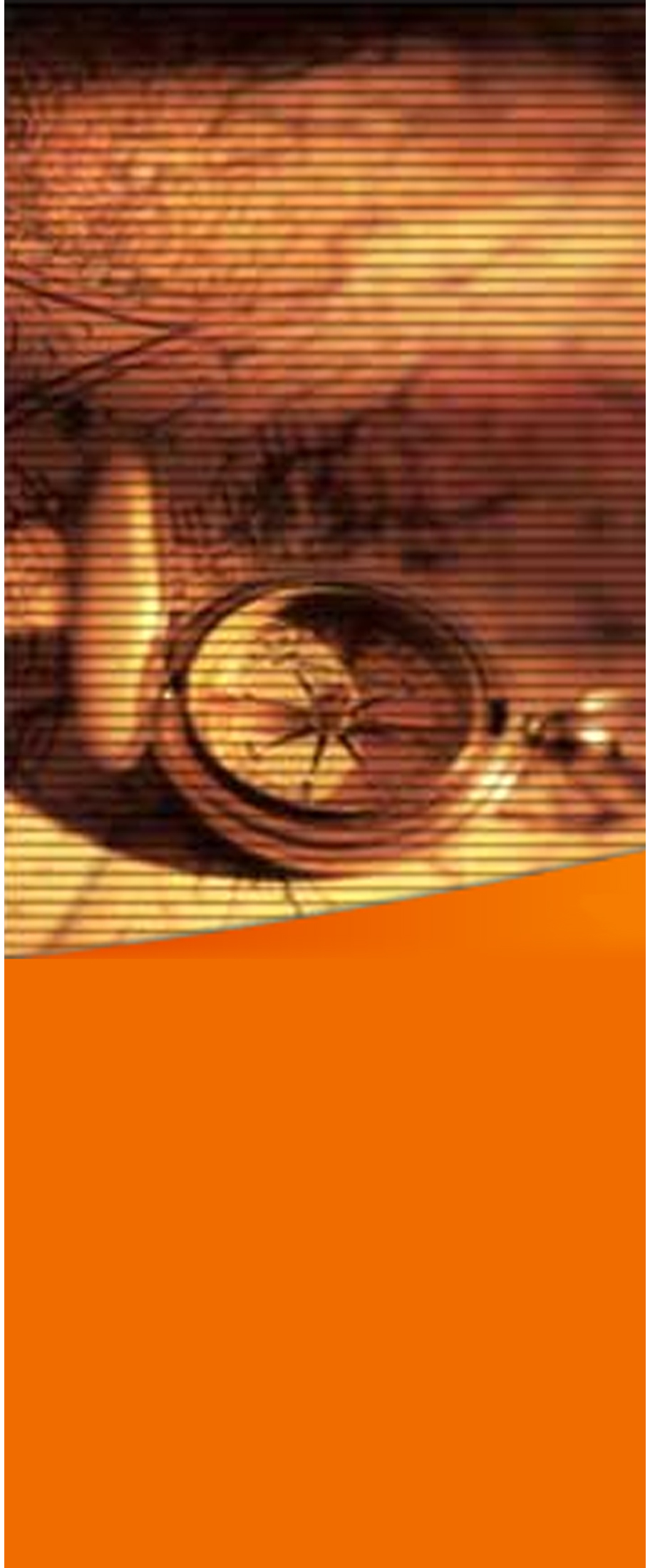
Close Window to Exit
Success Strategies
First Edition, Volume I: August 2006
Part II- English Language Grammar Primer & Exercises
TYPES OF VERBS
AUXILIARY VERBS
We use auxiliary verbs, or helping verbs, to create more complicated verbs with more specific meanings. Auxiliary verbs change verb tense, voice, and emphasis. The auxiliaries will and shall indicate future tense. We may also use three common verbs: have, be, and do, as auxiliaries. Naturally, all three of these words may also serve as stand-alone verbs.
Examples:
Fido has worms. (main verb)
Fido has eaten my Palm Pilot. (auxiliary)
Zelda is a fire-eater. (main verb)
Zelda is working at Baskerville’s Circus. (auxiliary)
I did my homework yesterday. (main verb)
I did finish my homework yesterday! (auxiliary)
That coat has been lying on the floor for two days. (auxiliaries)
Modals influence the meaning of verbs by changing their mood. Mood comes from the word mode, which means manner or way. Modal verbs indicate the subjective mood or attitude of the speaker toward whatever he or she is saying by expressing the person’s ability, obligation, or compulsion, or the advisability, possibility, necessity, of that action. Thus, the action expressed by the main verb is not actually occurring; it is being discussed. Consider: I eat my spinach vs. I should eat my spinach.
The most common modals are: should, could, must, ought to, may, would, can, might, and have to. Modals are placed between the subject and the base (unconjugated) form of the main verb; thus, they can never serve as the main verb. Ought to and dare to are considered marginal modals.
Examples:
Henry must learn to cook baklava. vs. Henry must to cook baklava.
I could buy a new yarmulke on Thursday. vs. I could a new yarmulke on Thursday.
My pet fish should be safe from the cat. vs. My pet fish should safe from the cat.
VERB TENSES